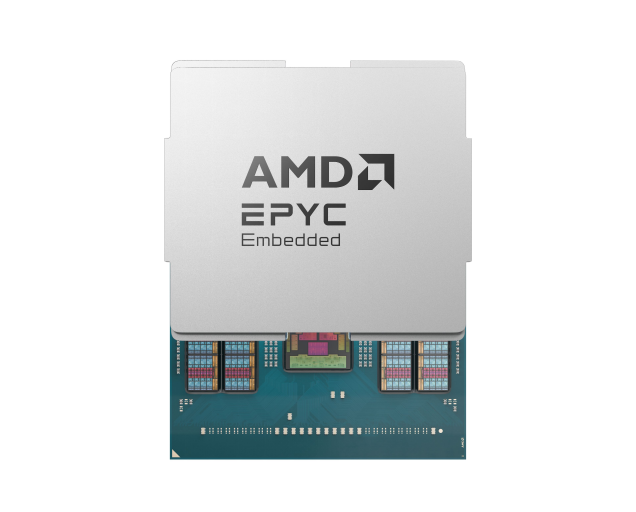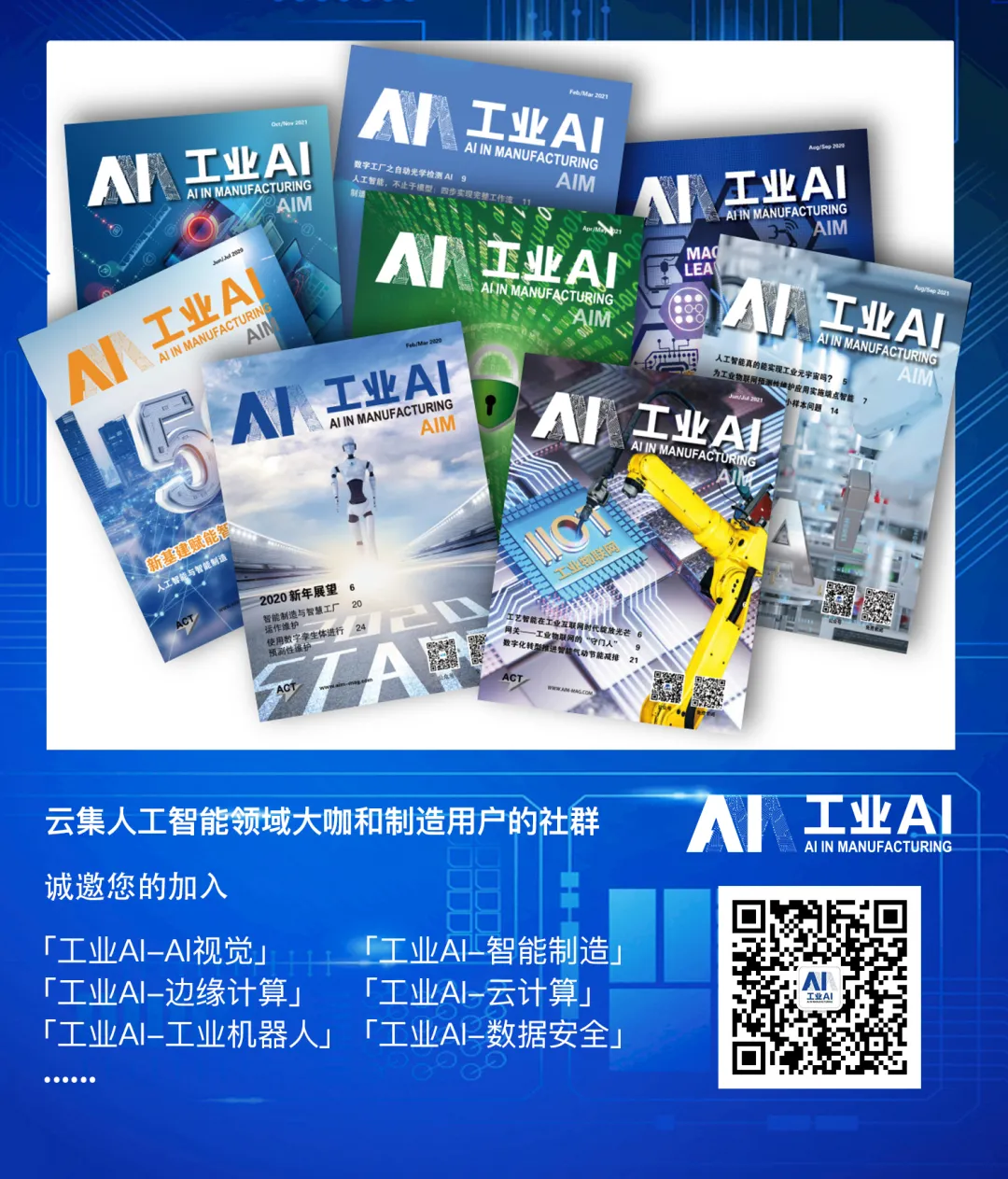Recently, at the Embedded World Conference in Nuremberg, Germany, AMD (Advanced Micro Devices) officially launched its fifth-generation EPYC embedded processor—the AMD EPYC Embedded 9005 series, codenamed “Embedded Turin.” This product is based on AMD’s latest “Zen 5” architecture, optimized for embedded applications, and aims to meet the growing computational demands in networking, storage, and industrial sectors. Mr. Tarang Shah, Senior Product Manager of AMD Embedded x86, provided a detailed introduction to the core advantages, technical highlights, and unique value of Embedded Turin through a video presentation for the media.
Mr. Tarang Shah first introduced the background and market positioning of Embedded Turin, stating: “Embedded Turin is the fifth generation of AMD EPYC embedded processors, marking AMD’s further expansion into the embedded market. Over the past seven years, AMD has steadily released a series of embedded processors, and the launch of Embedded Turin not only continues this tradition but also deeply optimizes it for the unique needs of the embedded market.”
“The demands of the embedded market can be categorized into two main types: first, general computing needs, including high throughput, energy efficiency, scalability, and connectivity; second, requirements for platform longevity and system resilience. Embedded Turin excels in both areas, particularly in networking, storage, and industrial applications, showcasing its powerful computing capabilities and rich embedded functionalities,” Mr. Tarang Shah explained.


Core Advantages of Embedded Turin
-
Reliable Platform As the fifth generation of EPYC products, Embedded Turin has been market-validated, boasting a mature ecosystem and stable architecture. Its expansion into the embedded market provides customers with highly reliable products, ensuring stability for long-term use.
-
Rich Embedded Features Unlike the server-oriented “Server Turin,” Embedded Turin has been specifically optimized for the unique needs of the embedded market. For example, it supports an extended lifespan of up to seven years, enhances system resilience, and simplifies the development process. These features make Embedded Turin an ideal choice for embedded applications.
-
Leading Performance Embedded Turin performs exceptionally well in networking and storage workloads, with throughput increased by 1.6 times and energy efficiency improved by 1.3 times. Its scalability supports a range of configurations from 8 cores to 192 cores, meeting diverse computational needs.
Mr. Tarang Shah elaborated on three major trends in the embedded market and how Embedded Turin addresses them:
-
Explosive Growth of Network Traffic AI-driven network traffic is expected to grow by 120% over the next five years, raising higher demands for data processing. Embedded Turin can handle large-scale data packets in real-time through high throughput and low-latency data processing technologies, meeting the rapid growth of network traffic.
-
Surge in Data Storage Demand Data storage demand has increased by 20% over the past five years, and this trend is expected to continue. Embedded Turin not only supports the expansion of storage capacity but also optimizes data access and real-time computing capabilities, meeting the high-performance I/O connectivity and computational power requirements of storage systems.
-
Rise of Industrial Edge Computing The demand for real-time data processing in industrial environments is growing, especially in smart manufacturing and automation. Embedded Turin, with its high core density and low power design, can process massive amounts of data locally, supporting real-time decision-making and meeting the high-performance requirements of industrial edge computing.
Additionally, Mr. Tarang Shah introduced the embedded functionality highlights of Embedded Turin:Extended Lifespan
-
Embedded Turin supports seven years of product manufacturing and chip reliability, ensuring durability under extended temperature conditions. This extended lifecycle avoids the need for repeated designs, protecting customer investments; system resilience and security—through features like NTB (Non-Transparent Bridging), DRAM Flush, and dual SPI, Embedded Turin enhances system availability and data protection capabilities. For example, the NTB feature improves system redundancy, DRAM Flush retains data during power outages, and dual SPI ensures secure bootloaders; ease of development—Embedded Turin supports the Yocto framework and DPDK/SPDK development kits, simplifying the application software development process. The Yocto framework allows customers to customize Linux configurations, while DPDK/SPDK enhances system performance and accelerates data processing.
Compared to the fourth generation, Embedded Turin shows significant improvements in architecture, process nodes, and memory bandwidth. Its throughput in networking and storage workloads has increased by 1.6 times, and energy efficiency has improved by 1.3 times. Furthermore, Embedded Turin supports 17 SKUs, with core counts ranging from 8 to 192, catering to diverse computational needs.
Embedded Turin works in conjunction with AMD’s GPUs and FPGAs to build a powerful computing platform. For instance, in the field of AI inference, the EPYC Embedded 9005 collaborates with GPUs to process large language models; in industrial applications, FPGAs work with the EPYC Embedded 9005 to achieve data retention and low-power operation.
Future Development Directions
Mr. Tarang Shah stated: “AMD plans to continue launching the sixth generation of EPYC embedded series, expected to further enhance performance and functionality. In the future, AMD will continue to invest in the embedded market, expanding its x86 embedded product portfolio to meet diverse customer computational needs.”
Disclaimer
This content is an observational or commentary article published by a third-party media author, and all text and images are copyrighted by the author. It is shared for informational purposes only; for copyright issues, please contact for resolution or removal.
About Us

The “Industrial AI” magazine is published by Yashi International Business News, focusing on the technical applications of AI in the industrial sector, aiming to provide Chinese process and manufacturing engineers, managers, and executives with timely access to the latest news and technical information regarding the integration of artificial intelligence into manufacturing. Industrial AI is also committed to building a leading comprehensive media and value platform in the industry, providing practical communication opportunities for the implementation of AI in the industrial field.
 Your “shares,” “likes,” and “views” contribute to the advancement of technology in China!
Your “shares,” “likes,” and “views” contribute to the advancement of technology in China!